The Québec maritime Blog
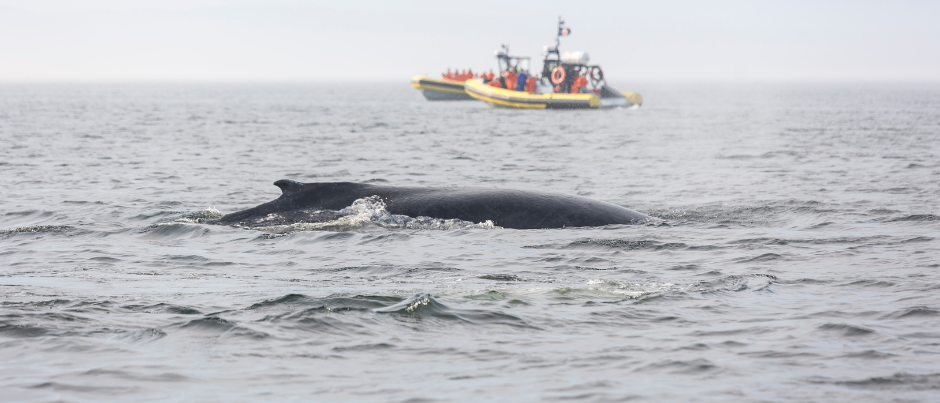
-
Saguenay–St. Lawrence Marine Park, Côte-Nord
Mathieu Dupuis/Tourisme Côte-Nord
How to Whale Watch Responsibly in Eastern Québec
Want to see whales with your own eyes on your next vacation? You’ll have plenty of opportunities to do so in Eastern Québec! Whether you travel from Montréal or Québec City to Charlevoix, Saguenay–Lac-Saint-Jean, Côte-Nord, Bas-Saint-Laurent or Gaspésie, you’ll come across a multitude of unique observation points to view whales from the shore or during sea excursions.
In the Saguenay–St. Lawrence Marine Park
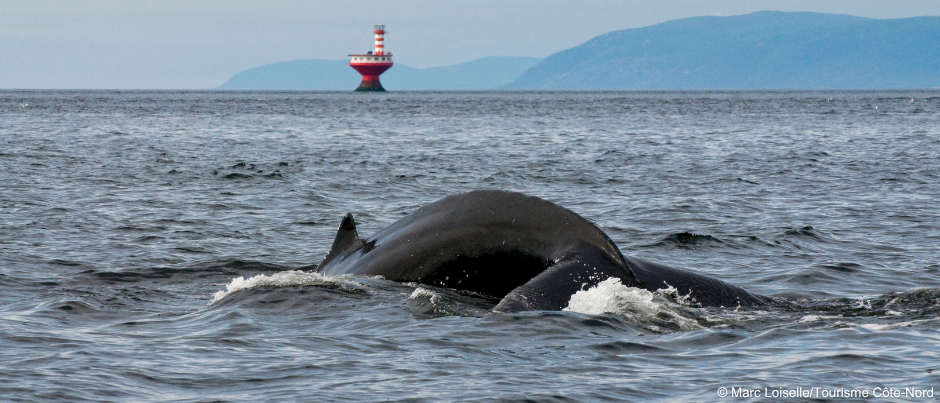
Bordering the regions of Bas-Saint-Laurent, Côte-Nord, Charlevoix and Saguenay–Lac-Saint-Jean, the Saguenay–St. Lawrence Marine Park is a must-see attraction to add to your itinerary. This marine protected area, which covers most of the Saguenay Fjord and part of the St. Lawrence Estuary, is a world-renowned whale-watching destination. Six of the 13 species of whales found in the St. Lawrence regularly frequent the waters of the marine park and can be observed both from the shore and during Zodiac or sightseeing boat tours offered by certified cruise companies such as Croisières AML and Essipit Cruises.
How does the marine park offer a responsible whale-watching experience? Whale watching activities in this protected area are governed by the Marine Activities in the Saguenay–St. Lawrence Marine Park Regulations, which ensure visitors enjoy a unique quality experience while also protecting the whales and their habitat. Here are six eco-friendly practices in effect in the Saguenay–St. Lawrence Marine Park:
1. Trained and certified employees
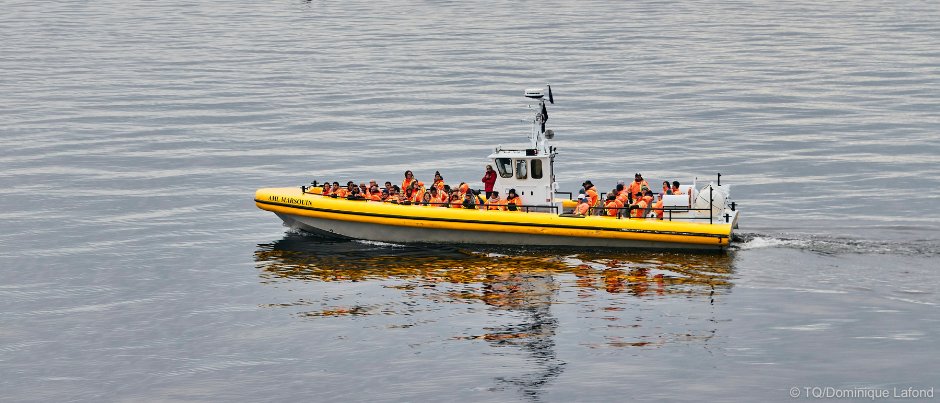
All companies offering sea excursions in the Saguenay–St. Lawrence Marine Park must have a permit, which is subject to a number of conditions. To better understand the particulars of navigating in this protected area, boat captains and sea kayak guides must take a special training course and pass an exam. This course covers navigation in the marine park and how to coexist with the whales. It also provides certified captains and guides with the tools they need to offer visitors an educational and enriching experience.
2. Speed limits
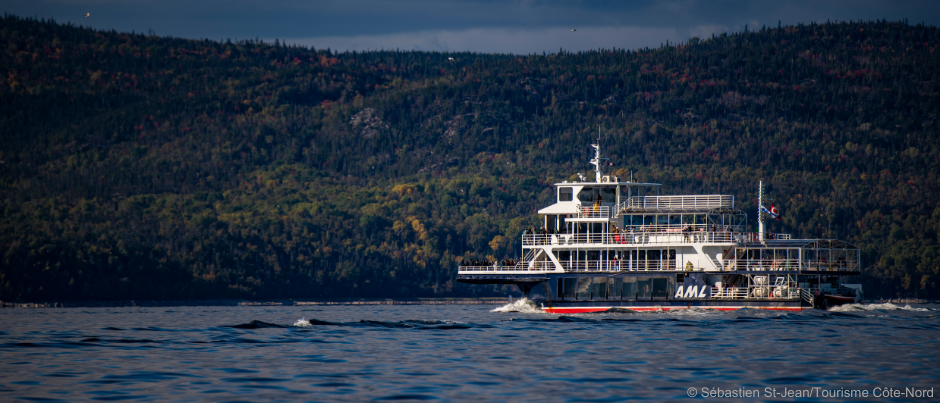
All vessels operating in the marine park must observe a maximum speed limit at all times. In certain areas where there’s a higher concentration of whales or boats, even lower speed limits apply to help reduce noise levels and the risk of collisions.
3. Limits to the number of vessels
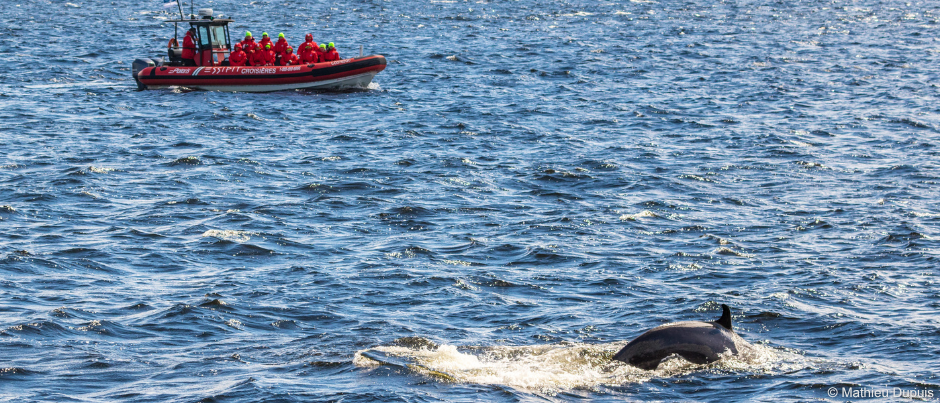
Several types of permits are available to companies offering sea activities. One of these is for directed marine mammal-watching tours, whether in a sightseeing boat or Zodiac. The number of companies that can obtain this permit is limited to reduce pressure on wildlife and ensure high-quality whale watching.
4. Regulations concerning observation zones
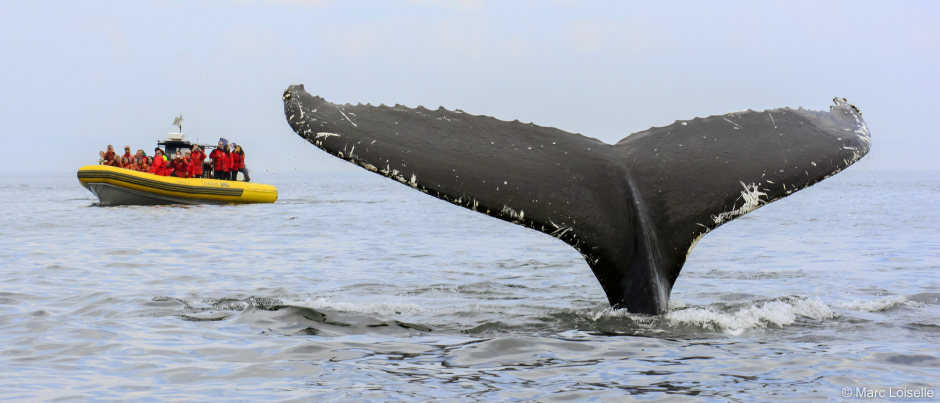
When a boat is near a whale, it enters what is known as an observation zone. The observation period in such zones is limited to one hour, and only a limited number of boats can be in the same zone at the same time. These boats may be tour boats or pleasure crafts. These regulations ensure that the whales are not overly disturbed by humans.
5. Distance requirements
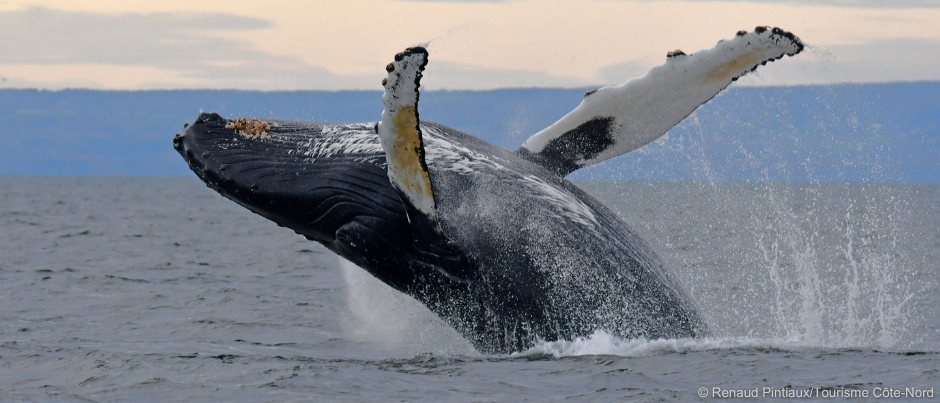
The Marine Activities Regulations stipulate how close boats can get to the whales. Some of the whales that frequent the marine park are endangered, including the St. Lawrence belugas, blue whales and right whales. For these species, boats must maintain a distance of at least 400 metres (about 1300 feet), which is roughly equivalent to the distance covered during a five-minute walk. For other whales, the minimum distance is 200 metres (about 650 feet).
6. Restrictions on observing belugas
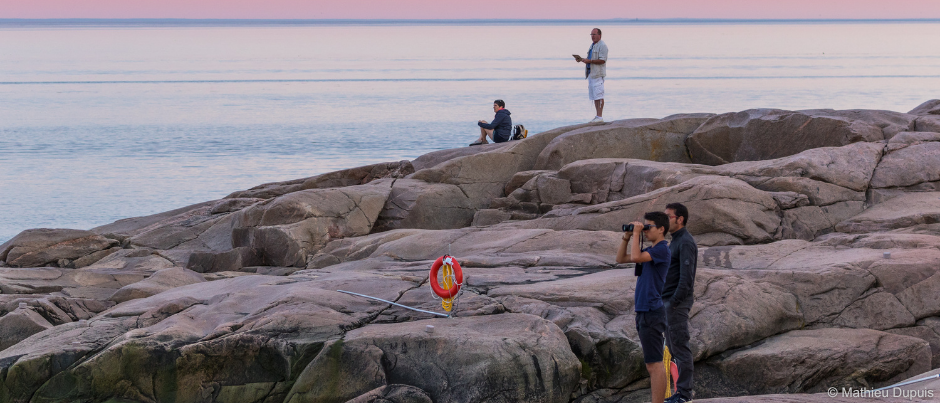
Belugas are special. Unlike other species, these endangered whales are year-long residents of the St. Lawrence. To further protect these white whales, boats are forbidden from approaching them during whale-watching activities at sea. However, several sites along the shores of the marine park offer exceptional vantage points from which to observe them. In addition, you’re likely to spot other marine mammals and birds from the shore. Some sites also offer educational and interpretive activities led by interpreter guides.
In Bas-Saint-Laurent and Gaspésie
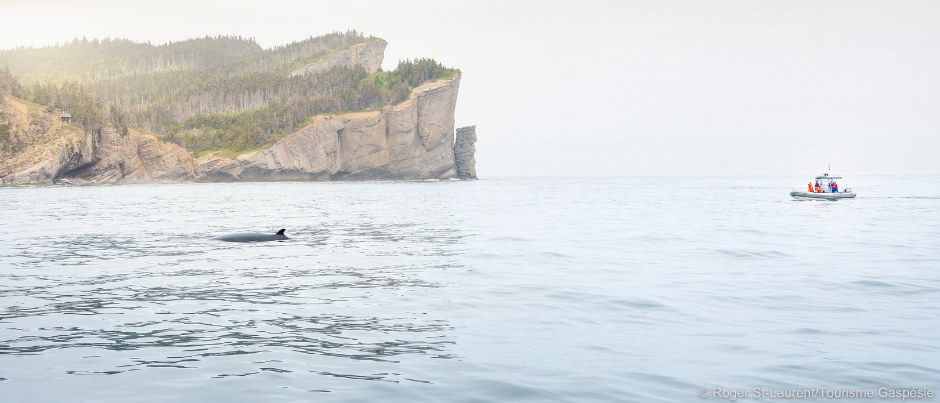
You can also go whale watching along the south shore of the St. Lawrence Estuary. The coastline and islands of Bas-Saint-Laurent offer prime locations for admiring belugas, minke whales and harbour porpoises, while in Gaspésie you can go on a sea excursion to observe up to six species of whales, including humpbacks and fin whales.
Are you planning to include a whale-watching activity on your itinerary during your next vacation in Eastern Québec? Start planning your trip now!
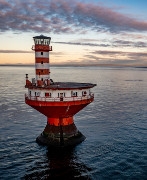
(0) comment